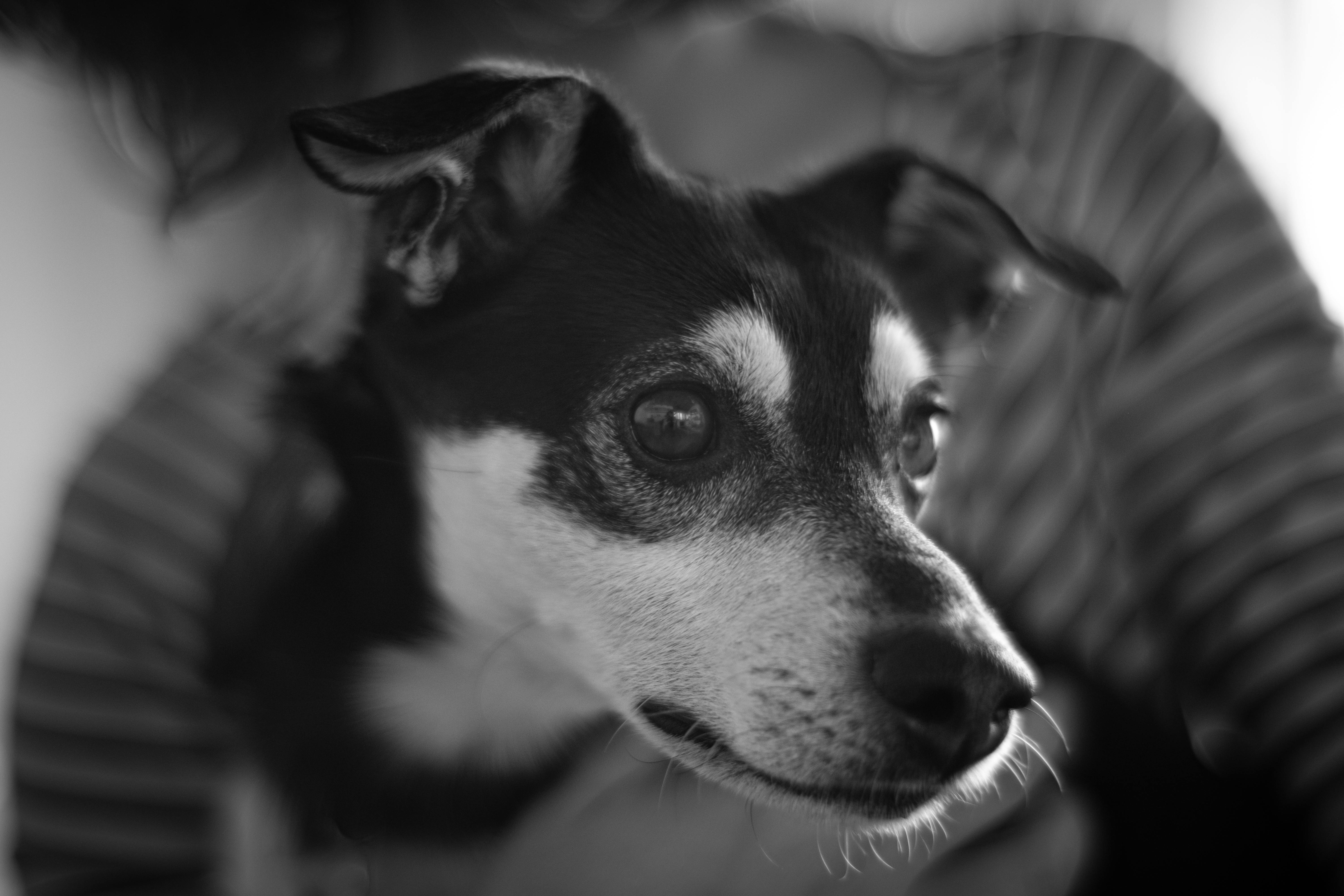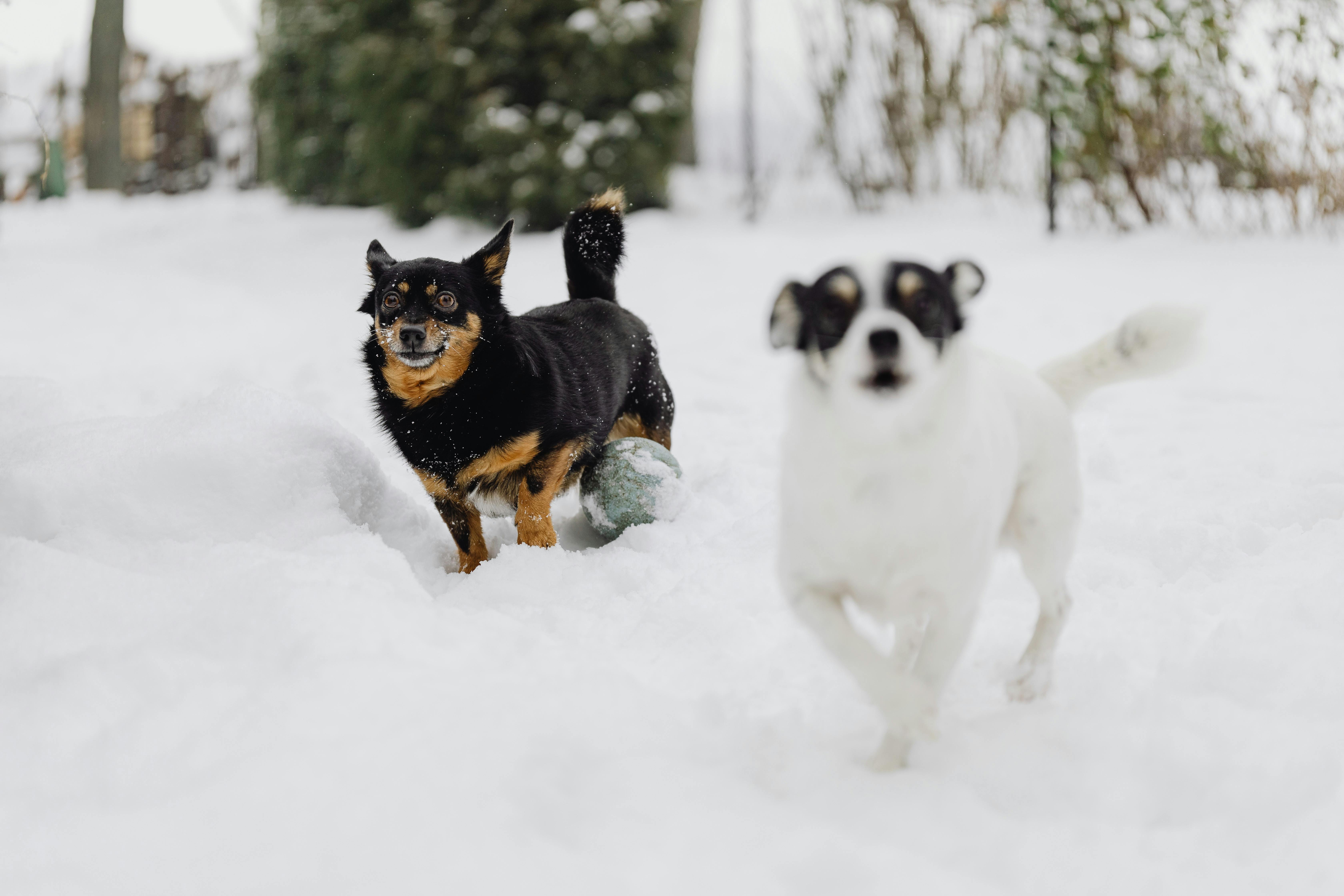I have a routine. I make my coffee, take the kids to the bus, come home, and feed my four large dogs about 3-4 cups of food (Dry Wellness with some moisture mixed in). Then we immediately jump into my truck and head to the park for some crazy play time. And they run, they chase balls and they run some more. And I feel like the best dog mom on the planet.
Turns out I’m not.
Have you ever heard of dog bloat? I have it, but I’ve ignored it. I know it causes an excruciatingly painful death, and there are several causes, certain warning signs, and possible treatment. But it scares me, so I’ve ignored it.
But recently I’ve heard several horror stories about friends’ dogs bloating up and dying, or nearly dying. So I’ve decided to stick my head out of the sand and learn about this, scary as it is.
Bloat is a common name for gastric torsion and dilatation-volvulus or GDV. Basically, that means the dog’s stomach swells up, turns inside out, and causes death. It occurs when an abnormal amount of air, gas, food and/or liquid expands in the dog’s stomach. As the stomach swells, it can twist or flip, cutting off blood flow and trapping air, food, and water. When this happens, your dog is unable to burp or vomit to relieve the pressure, and the veins in the abdomen become clogged, leading to low blood pressure, shock, and internal organ damage. The combined effect can quickly kill a dog.
So the obvious question: What causes it?
Well, bloat happens when your dog eats a large amount of food quickly, or drinks a lot of water quickly, and immediately goes to the park and runs like crazy, chases balls, runs some more, jumps, swallows tennis balls. Um, yeah, exactly what my dogs have been up to. However, there are also several other unique causes of bloating, such as fast eating and drinking, a raised food bowl (yes, I have been raising your bowls for comfort when eating), heredity, pre-existing digestion issues, high-stress situations, eating high-fat foods or kibble that contain citric acid as a preservative; and eating gas-producing foods, such as beans and yeast products.
Now, if you (like me) have given your dog some of these risk factors, don’t beat yourself up. Just make a few adjustments to your routine and take a few precautions. Feed your dog smaller portions twice a day, rather than one large bowl once a day; give your dog a couple of hours of rest after a meal; buy one of those special dog bowls with a bulge in the center if your dog tends to gobble down his food without eating it (I bought one; most pet stores have them. It forces your dog to eat slower); do not allow your dog to drink too much water immediately after exercise; avoid stressful situations if possible; and place the feeding bowl on the floor, rather than a raised tray or stairs.
Even if you take those precautions, the swelling could still affect your dog, unfortunately. But how will you know? There are definite warning signs. First, your dog will likely begin to gag or attempt to vomit, often resulting in dry gagging; he might try to tell you through his body language, slouching, curling into a ball in a corner, walking with a strange wide stance; he might start licking or biting the air; his abdomen will swell; he may be extremely restless and start pacing; his heart rate could speed up; and he might start foaming at the mouth.
If your dog exhibits these symptoms, there is only one thing to do: call your vet immediately. The swelling is a medical emergency and the dog must be treated promptly or he will die. If the swelling is caught early enough, your vet can treat it by inserting a tube down its throat to release gas and relieve pressure, or by performing surgery. The key here is to act quickly.
So who swells? Any dog can get it, but it occurs most often in large breeds and those with narrow, deep chests. Breeds commonly affected include Bloodhounds, German Shepherds, Irish Wolfhounds, Irish Setters, Dobermans, Weimaraners, and Akitas. But keep in mind that all dogs are susceptible if proper precautions are not taken.
That’s why as of today I no longer feed my large dogs right before play time, I have thrown away the elevated dog bowl, switched to feeding them twice a day instead of once, I observe carefully while they eat and drink, and now I feed them apart from each other to minimize stress. It’s the least I can do to keep them safe and sound. And for my own peace of mind too.



